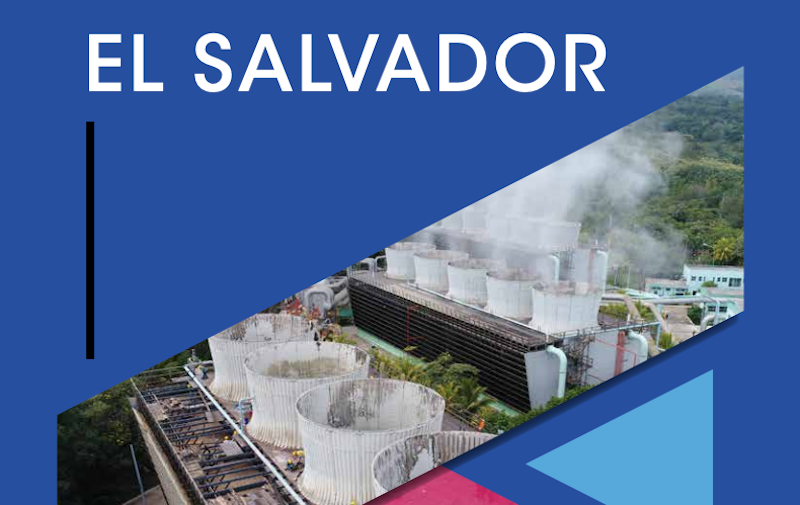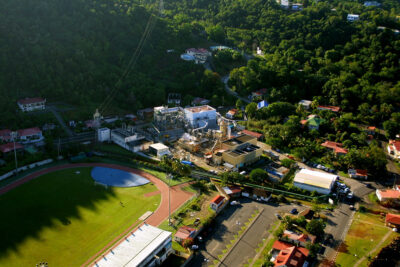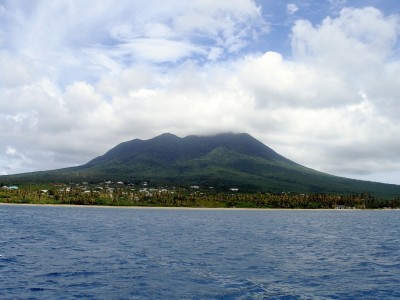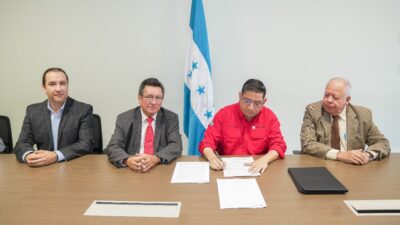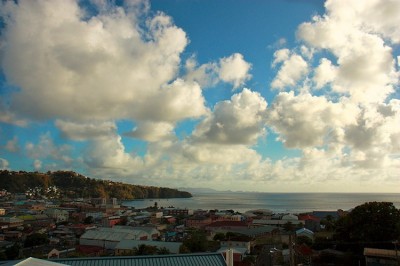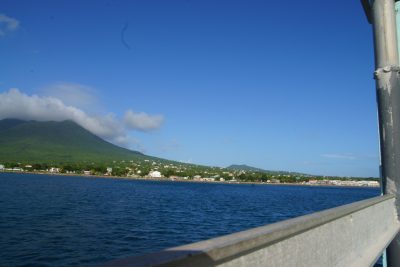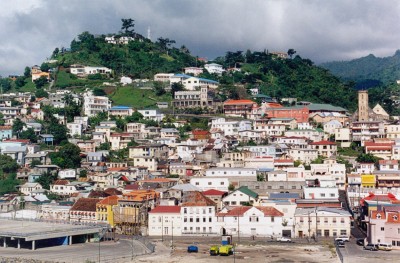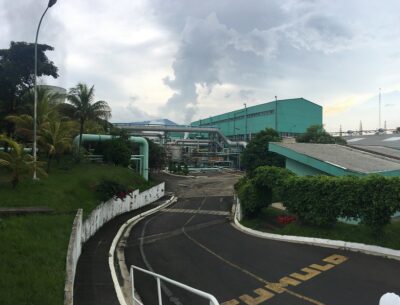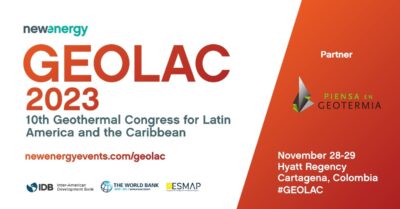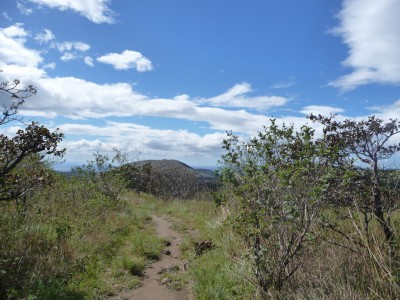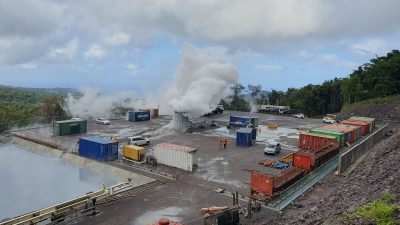IRENA on key conditions to help enable geothermal energy development in El Salvador
IRENA has released an assessment report on the renewables readiness for El Salvador, highlighting opportunity for improving conditions for geothermal development, including better renumeration schemes and add direct use options to the regulatory framework, among others.
The main renewable resources used in El Salvador for electricity generation are geothermal and hydropower. While variable renewable power is growing considerably, there is much more potential for these resources, either for electricity or direct uses. In the recent report on “Renewables Readiness Assessment” for El Salvador, the International Renewable Energy Agency (IRENA) identifies the conditions to expand the use of renewables nationally. IRENA’s recommendations for El Salvador were launched at a high-level, virtual event attended by IRENA Director-General Francesco La Camera, Mr. Daniel Alvarez, President of the Executive Hydroelectric Commission of the Lempa River and H.E. Maria Luisa Hayem, El Salvador’s Minister of Economy.
El Salvador has prioritised renewable energy projects to reduce its dependence on imported fossil fuels and improve energy security. The National Energy Policy 2010-2024 has become a key tool for the country to advance the use of indigenous renewables, including hydropower, biomass, solar photovoltaic (PV) and geothermal power.
See summary in Spanish (español)
This Renewables Readiness Assessment (RRA) highlights key actions for the short and medium-term that could create more conductive conditions for renewable energy development. It aims to help unlock El Salvador’s renewable energy potential, first of all in the power sector but also for transport, agri-food and industrial end uses.
The new National Energy Policy 2020-2050 aims to continue developing the country’s renewable energy potential, which can stimulate local commerce and industry, help reduce electricity tariffs and improve people’s welfare.
Geothermal Energy Specifics in IRENA report
Despite having a long tradition of geothermal energy use, El Salvador’s geothermal development has stagnated in recent years, with a limited number of new projects for geothermal power generation, or heating applications. El Salvador’s geothermal potential could be also utilised for direct-use applications, but the existing regulatory framework only covers power applications. Classifications need to be established for geothermal resources by temperature, including varying potential for direct uses.
A more in-depth review of the regulatory framework could also help to overcome challenges with the existing remuneration scheme, as well as the licensing procedure currently in place for geothermal projects. Likewise, geothermal project developers struggle to access financing options, underlining the need to further enhance the capabilities of local financial institutions and project owners to help create a better understanding of funding geothermal projects and its associated risks.
The exploitation of geothermal resources in El Salvador started back in the 1960s with the identification of 18 potential geothermal sites in the country. The first geothermal power plant was commissioned in 1975 in Ahuachapán. This relatively long history in the sector has given El Salvador a leading role within the regional geothermal sector. There are now significant numbers of experienced scientists and technicians available in the country, with these often sharing their expertise via the Geothermal Centre of Excellence in El Salvador (Box 3). This provides young professionals from the country and around Latin America and the Caribbean with training courses and workshops in many aspects of geothermal energy. Nowadays, utility company LaGeo operates roughly 200 MW of geothermal power capacity across two geothermal fields. Following a public tender in 2001, Enel Green Power purchased a 9% share of LaGeo, gradually increasing this to 36%, with the government of El Salvador holding the remaining shares. In 2008, the government obtained full ownership of LaGeo, after Enel Green Power sold its ownership share (Sanyal et al., 2016). Regarding direct use of geothermal energy, an installed capacity of 3.36 MWt is estimated for 2015, including a variety of applications for swimming and bathing, as well as pilot projects in the agri-food sector, such as greenhouse heating, fish farming and food drying (Lund and Boyd, 2015).
Currently, the list of renewable energy projects in the generation plan includes four geothermal generation units, totalling 30 MW of installed capacity, which are already in the development phase. It also includes a total of 76 MW of installed capacity expansion at three existing geothermal power stations.
Create enabling conditions for geothermal energy development
Despite having a long tradition of geothermal energy use, mainly for power generation, El Salvador’s geothermal development has stagnated in recent years, with a limited number of new projects for geothermal power generation, or heating applications. Geothermal power projects face challenges with the existing remuneration scheme, being sometimes at a disadvantage compared to other renewable energy sources – especially in accessing long-term energy purchase contracts.
Likewise, geothermal project developers struggle to access financing instruments at a local level. This is because financing institutions do not have the capacity for geothermal project financing, or for overcoming high upfront investment costs to achieve bankable projects.
Most of the current existing financing mechanisms are provided by multilateral development banks and international organisations in Central America, such as the Geothermal Development Facility for Latin America (GDF).
In addition, the existing regulatory framework for geothermal energy in El Salvador focuses mainly on power generation and does not address direct use applications of the resource. The absence of a regulatory framework for direct use applications for geothermal energy hampers the scaling-up of existing pilot projects and the provision of a proper investment environment for the attraction of private finance to the sector.
The Executive Hydroelectric Commission of the Lempa River (CEL – Comisión Ejecutiva Hidroeléctrica del Río Lempa), in co-ordination with the National Energy Council (CNE – Consejo Nacional de Energía), undertook the study in collaboration with the International Renewable Energy Agency (IRENA).
Key recommendations:
- Enhance long-term planning and policy for the renewable energy sector
- Create enabling conditions for geothermal energy development
- Establish clear institutional frameworks and co-ordination
- Assess the implementation of distributed power generation
- Foster project development and financing for renewables
Source: IRENA
